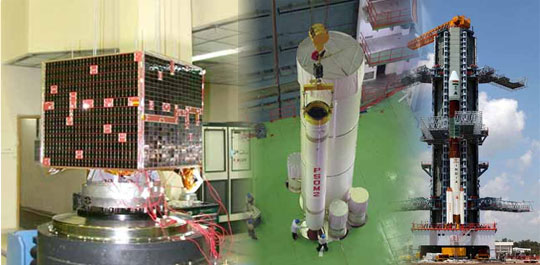Update: 13-03-2012 16:04 CEST
Due to ‘Operational Constraints’ the commands to turn on the transponder were not been able to send. In-convenience caused is regretted. The next attempt would be made during 01:44 UT pass over India. On behalf of ‘Operations Director-VO-52 Mani, VU2WMY
Subsequent to the clearance by the ‘Expert committee’ the Transponder # 2 (The Dutch Transponder made by William Leijenaar PE1RAH) on board HAMSAT VO-52 would be switched ‘ON’ at 13:42 UT on 13.03.2012 during orbit # 37080 over India.
A ‘Critical Comparative Signal Report’ between the Indian and Dutch transponder would be of great help for further evaluations and necessary actions for the maintenance the transponder in good and healthy condition for better services and also, the inputs would be very valuable to the respective transponder designers.
We all hope, Williams PE1RAH would be very happy with our decision and behalf of every one here in India involved with project, wish Williams and his transponder, once again all the very best and good luck.
Uplink frequency : 435.25 MHz
Downlink frequency : 145.9 MHz
Beacon : CW at 145.859330 MHz (145.86 MHz)
Output level of Beacon : 18 dBm
Thanks to AMSAT-India (Nitin VU3TYG) for the all the help and co-ordination provided.
My first pass will be at 19:45 CEST I will give it a try and see how it is working
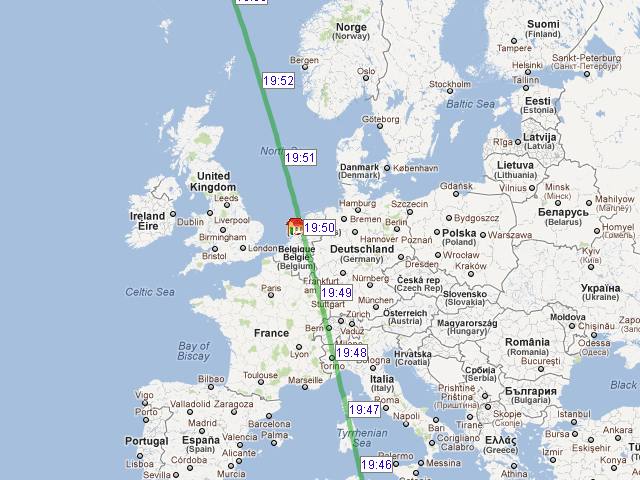
Update 13-03-2012 14:30 CEST:
In an email exchange between me and William (PE1RAH) it became clear to me that this is the first time in seven year that the Dutch transponder will beactivated. Compared to the Indian transponder, when the dutch transponder is active a CW signal can be heard on the beacon frequency.
[PE0SAT Thanks Mani, VU2WMY and PE1RAH for the above information]

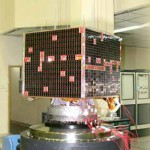 VO-52 seems to be down, it hasn’t been heard in the last couple of days. I hope that the ground station in India will give some information about the status of this great Satellite soon.
VO-52 seems to be down, it hasn’t been heard in the last couple of days. I hope that the ground station in India will give some information about the status of this great Satellite soon.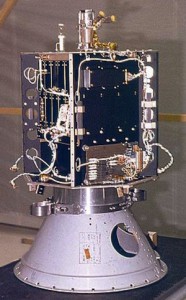 Today we put up a multi band antenna that can be used for 28, 21 and 14 MHz. The next couple of days we will give Oscar 7 a try when it is in mode A. I hope noise levels are much lower in mode A then in mode B. It is very difficult to work stations because of the high noise level when the satellite is in Mode B and is descending to the north.
Today we put up a multi band antenna that can be used for 28, 21 and 14 MHz. The next couple of days we will give Oscar 7 a try when it is in mode A. I hope noise levels are much lower in mode A then in mode B. It is very difficult to work stations because of the high noise level when the satellite is in Mode B and is descending to the north.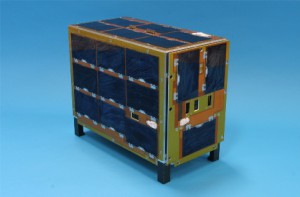 Ground Station of CO-65 says that Digipeater is always open in March all over the world.
Ground Station of CO-65 says that Digipeater is always open in March all over the world.